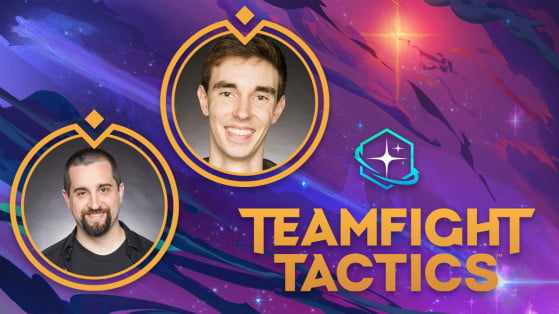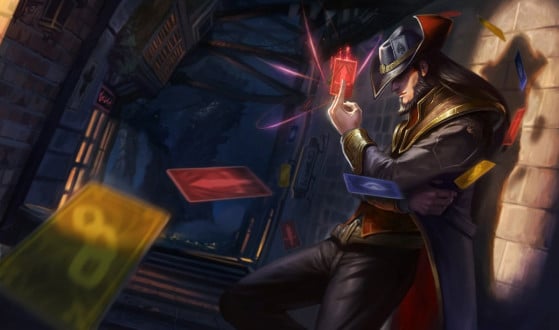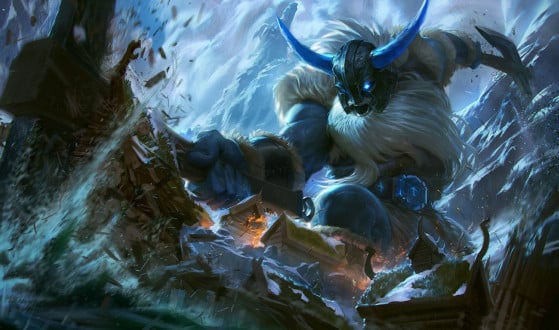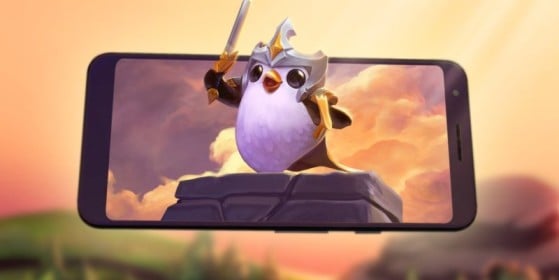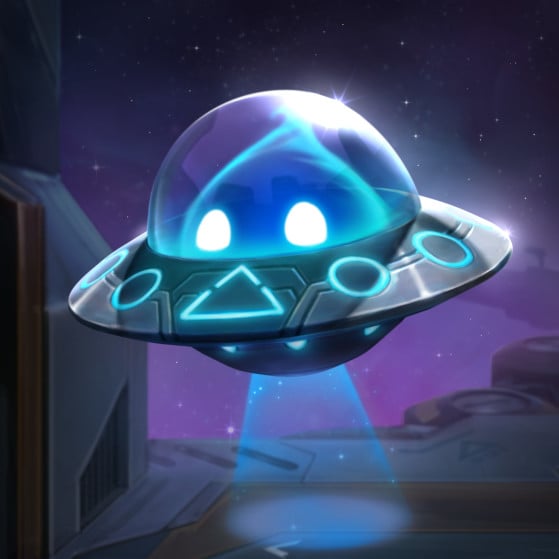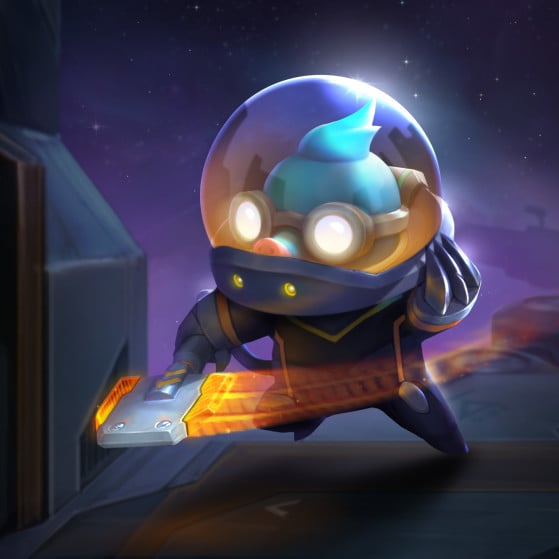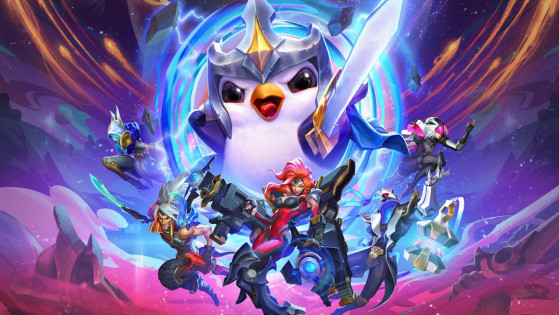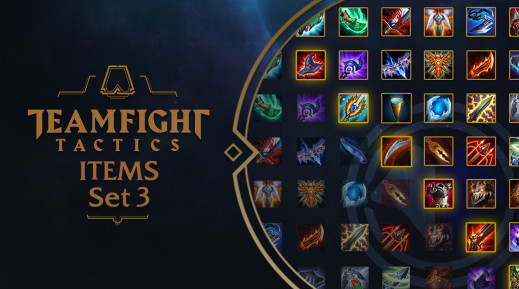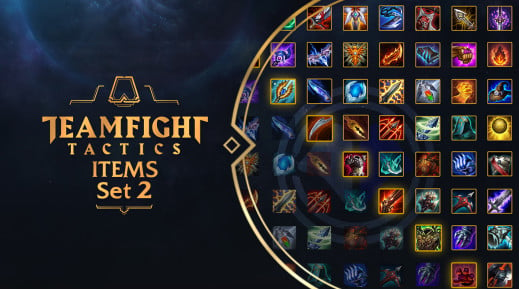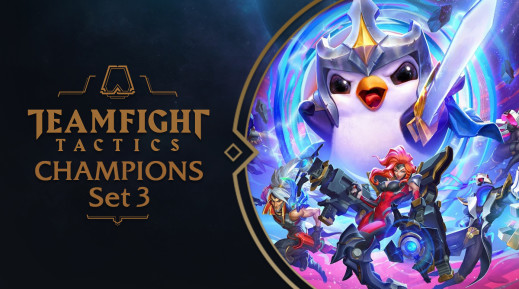Like most auto-battlers, Teamfight Tactics is a game of frightening complexity — and it is precisely this complexity that makes the game so rich. You have to know each of the champions, each of the synergies, master the compositions of the moment, and manage to create an evolutionary game plan specific to each game.
While the arrival of a new set brings a refreshing note to a meta that would otherwise have stagnated, it nevertheless requires players to relearn almost everything from scratch. The only thing that remains is their general experience of the game, which naturally translates from one set to another.
Randomness is at the core of TFT, and the best players are precisely those who know how to play with their own luck.
Since TFT's initial release, we've encountered some obnoxious compositions and champions that tended to be incredibly hard to balance — the Glacial trait of Rise of the Elements being a perfect example of such an assertion. Although it may sound trivial, Teamfight Tactics is a work in progress. Each set is a new opportunity for Riot Games to learn and to understand better what could fit in the game.
"Launch taught us a lot about preferring soft over hard counters, putting random in the right places to increase instead of reduce skill expression, and that larger, batched updates were more fun than a consistent drip of changes," said Game Designer Matthew Wittrock.
"From Rise of the Elements, we gained a new found appreciation for the need for high excitement moments, better clarity of combat, and have learned how to better balance teams that go deep on a particular Trait, compared to ones that try to build many small synergies."
With Galaxies, Riot are offering a brand new experience based on the key takeaways from the previous sets — but Senior Game Design Manager Stephen "Mortdog" Mortimer is already looking ahead. The next step is porting TFT to mobile — and that undoubtedly brought some constraints to the development of the third set.
For instance, introducing a customization system similar to League of Legends' runes was something that Riot considered unnecessary, due to the added complexity it would bring.
"Since Galaxies specifically is serving as the introduction to TFT for our mobile audience, we wanted to keep it more on the approachable side," stated Mortdog.
"I think as designers especially, we're always tempted to add a cool system on top of the game that allows for more depth and customization. As an example, I worked on the Odyssey game mode's Augments system and that was a ton of fun to develop.
"What I’ll say right now though is that there hasn’t been a great window where it made sense to pursue this kind of system without making the game unnecessarily complicated. TFT in general is already proving to be higher in complexity than some players are looking for."
Riot wants to keep TFT accessible without spoiling its natural complexity, but that doesn't mean they're restraining themselves from innovating from one set to another — as demonstrated by the Little Legends.
"We’re pretty happy with Little Legends and how they fit into TFT right now, and their ability to do fun things like spam taunt and create social interactions. But we also think we can push that even further," said Mortdog,
"We’re currently exploring things like having your Little Legend appear on the board of the person you are scouting (which shows that you’re being scouted!), as well as letting your Little Legend stick around as a ghost so you can spectate and interact after you’ve been knocked out."
Unlike Lords from Dota Underlords, Little Legends don't have any impact on the game for now, but Mortdog doesn't rule out the possibility that they will one day.
"Who knows, maybe someday there will be a set where they make sense to do something gameplay related as well."
The UI is another good example of Teamfight Tactics' evolution. If you played during the initial release, then you surely noticed how far we're now. Not only you can see your own synergies, but those of your opponents; it's far more easy to scout, or to jump from your board to the Carousel.
Patch after patch, Riot are pushing more updates to make TFT not only more accessible, but also easier to read. Here too, Mortdog is already foreseeing what will happen next.
"Ideas are never the issue as much as the time and resources to make them happen. We’ve been pretty good about continually improving the UI as time goes on though, and we’ve got even more coming," he said.
"For example, we’re about to launch damage meters that show the breakdown of Physical/Magic/True damage, so you can get a better read on what you need to counter them."
Teamfight Tactics is following the track of League of Legends, becoming a true point of reference for its genre. However, it will take a while before seeing the auto-battler truly emancipate from Riot's debut game. For instance, if you're waiting for TFT-exclusive champions, then you'd better settle in for the long haul.
"TFT-exclusive champions are something we’ve talked about and sounds exciting, but we don't have any plans to add them anytime soon," said Wittrock.
"At the moment there are still many champions from League of Legends we haven’t added to the game so far, and the priority is still to bring TFT versions of them to life. Champions from League are familiar to a lot of players, and give us a strong foundation of spells, personalities, and art to draw from, so they are the focus."
It goes without saying that Teamfight Tactics is still some way from being a perfect experience, as nothing really is. However, Riot are still striving for just that, with an attitude that combines empiricism with feedback from their community — a philosophy that is now part of the company DNA.
With the departure of Rise of the Elements and the arrival Galaxies, Teamfight Tactics is entering another stage of its life.
What that means for us, we'll just have to wait and see.
